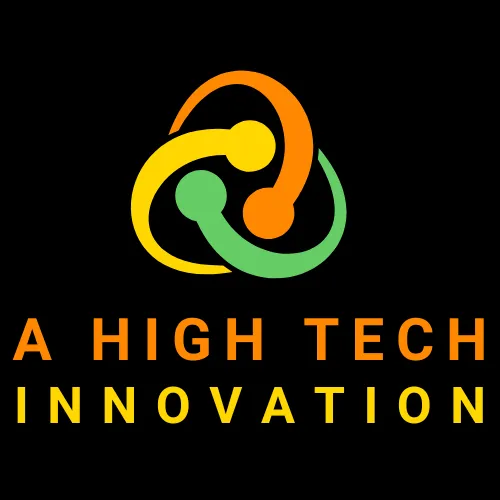AI Glossary
Artificial Intelligence (AI) encompasses a vast array of terms and concepts.
Below is a comprehensive glossary to help you navigate this field:
A
AI-Powered Automation: The integration of AI technologies, such as machine learning and natural language processing, with traditional automation to enhance decision-making and problem-solving capabilities.
Artificial General Intelligence (AGI): A theoretical AI system with the ability to understand, learn, and apply knowledge across a wide range of tasks, matching or surpassing human intelligence.
Artificial Intelligence (AI): The simulation of human intelligence processes by machines, enabling them to perform tasks that typically require human cognition.
B
Bias in AI: The presence of systematic errors in AI models due to prejudiced data or algorithms, leading to unfair or unbalanced outcomes.
C
Chatbot: A software application designed to simulate human conversation, often used for customer support or information retrieval.
Cognitive Computing: AI systems that simulate human thought processes, including learning and reasoning, to enhance decision-making.
Computer Vision: A field of AI focused on enabling machines to interpret and make decisions based on visual input, such as images or video.
D
Data Mining: The process of discovering patterns and insights from large datasets using AI algorithms.
Deep Learning: A subset of machine learning involving neural networks with many layers, enabling systems to learn from large amounts of data.
E
Edge AI: AI that processes data locally on devices like smartphones, reducing reliance on cloud servers.
F
Fuzzy Logic: A form of reasoning in AI that deals with approximate rather than fixed or exact values.
G
Generative Adversarial Network (GAN): A type of AI that creates new data, such as images or text, by having two neural networks compete with each other.
Generative AI: AI capable of creating new content, such as text, images, or music, based on learned patterns.
H
Hallucinations in AI: Instances where AI generates plausible-sounding but incorrect or nonsensical outputs.
I
Intelligent Automation (IA): The combination of AI and automation technologies to perform complex tasks that typically require human intelligence.
J
Job Automation: The use of technology to perform tasks traditionally carried out by human workers.
K
Knowledge Graph: A network of real-world entities and their relationships used to improve data organization and search capabilities in AI systems.
L
Large Language Model (LLM): A model trained on vast amounts of text to perform tasks such as text generation, translation, or question-answering.
M
Machine Learning (ML): A branch of AI where machines learn from data and improve their performance over time without being explicitly programmed.
N
Natural Language Processing (NLP): A field of AI focused on the interaction between computers and human language, enabling machines to understand, interpret, and generate text.
Neural Machine Translation (NMT): An AI approach to automatic language translation using neural networks.
Neural Network: A computational model inspired by the human brain, used in machine learning to recognize patterns and make decisions.
O
Overfitting: A situation in machine learning where a model learns too much from training data and performs poorly on new, unseen data.
P
Predictive Analytics: The use of AI to analyze historical data and predict future outcomes or trends.
Process Mining: The technique of analyzing business processes using AI to identify inefficiencies and areas for improvement.
Q
Quantum Computing: An emerging field of computing that uses quantum-mechanical phenomena to perform operations on data, potentially enhancing AI capabilities.
R
Robotic Process Automation (RPA): Software that automates repetitive tasks by mimicking human actions in digital systems.
Reinforcement Learning: A type of machine learning where an AI agent learns by receiving rewards or punishments based on its actions.
S
Supervised Learning: A machine learning approach where a model is trained on labeled data, meaning the correct output is provided during training.
Swarm Intelligence: The collective behavior of decentralized, self-organized systems, often used in AI to solve complex problems.
T
Turing Test: A test developed by Alan Turing to determine if a machine’s behavior is indistinguishable from that of a human.
U
Unsupervised Learning: A type of machine learning where the system learns patterns from data without any labeled outputs.
V
Virtual Assistant: An AI-powered application designed to assist users with tasks through voice or text interactions.
W
Weak AI: AI systems designed to perform specific tasks without possessing consciousness or general intelligence.
X
Explainable AI (XAI): AI systems designed to be transparent and understandable to humans, allowing users to comprehend how decisions are made.
Y
Yield Management: The use of AI to optimize pricing and availability of products or services to maximize revenue.
Z
Zero-Shot Learning: A machine learning approach where a model can recognize objects or perform tasks without having seen examples during training.
Disclaimer
The information provided on this website is for informational purposes only. Using this information without engaging our services is at your own risk. A High Tech Innovation shall not be held responsible for any damages or losses that may arise from such use.

Follow Us:
© 2025 A High Tech Innovation- All Rights Reserved.
